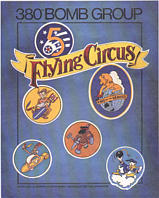 |
380th Bomb
Group Association
|
 |
380th Bomb
Group Association
|
380th AIRCRAFT TYPES
| Type 1. |

|
| Type 2. |

|
| Type 3. |

|

|

|

|
Type 1 as defined for this book includes all B-24s with the fully-glazed nose. In combat this was used only on D models of the B-24 and a few LB-30s present during the very early days of WWII. Domestically the glazed nose was used on B-24A, B, C, D, E and early G models. Modified Ds and all later models carried a nose turret. None of the D models used in the European and Caribbean Theatres carried a nose turret except for some Anti-Submarine units.
B-24Ds were manufactured by the Consolidated-Vultee Aircraft Corporation (Convair) (earlier Consolidated Aircraft Corporation (CAC)) in their San Diego, California, and Fort Worth, Texas, plants. There were only three Fort Worth (B-24D-CF) aircraft in the 380th. All the others were San Diego (B-24D-CO). Two of the CF aircraft were RCM (ferret) specialists on temporary duty with the 380th.
All of the initial deployment aircraft came overseas with glazed noses, i.e., Type 1. Seven were later modified by the Townsville Air Depot by adding turrets (Consolidated A6As) to become Type 2 while still in service with the 380th. Several others were also so modified after their period of service with the 380th. The others remained as Type 1 throughout their service until lost or salvaged.
All 380th aircraft were modified in theatre to remove the ball turret because of the excess weight involved. It was replaced by a pair of machine guns mounted on a Scarff ring in the same location.
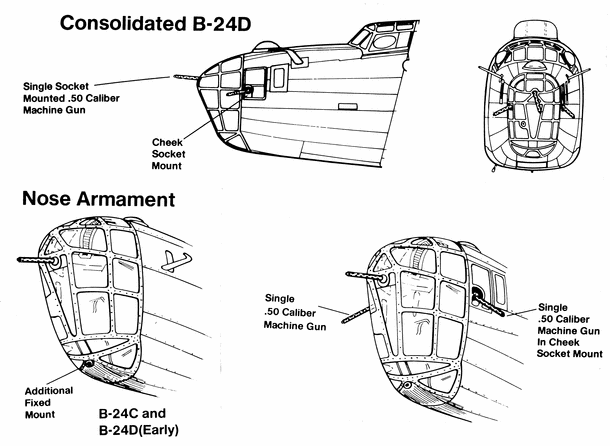
|
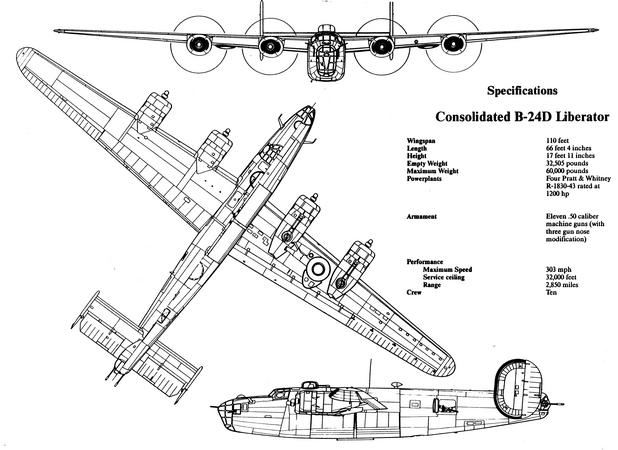
|

|
Type 2 B-24Ds were modified to carry a nose turret of the so-called Hawaiian Design but carried out at many locations in the Pacific Theatre. Not used in Europe. Sometimes called B-24D1. All turret replacement work for the 380th was carried out in Townsville, Queensland, Australia.
Except for ALLEY OOP, the first replacement aircraft, all replacement D aircraft except for the 17 Type 3s (see below) used the Townsville (Hawaiian) type nose turret installation.
A very good example of this is the following picture of
"JE REVIENS,"
B-24D-155-CO, 42-72808 of the 529th Squadron.
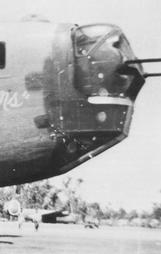
"JE REVIENS,"
B-24D-155-CO, 42-72808, of the 529th Squadron
Source: Horton and Horton, King of the Heavies, p. 15.
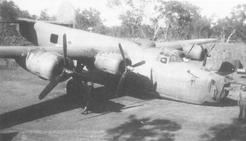
JEZEBELLE,
B-24D-170-CO, 42-72953, of the 529th Squadron.
This ship was damaged at Long Strip when someone turned too tightly trying to
taxi out of the revetment.
Source: Horton, Best in the Southwest, p. 177.

|
B-24Ds modified at the Oklahoma City Depot at Tinker Field, Oklahoma City, Oklahoma. This also involved modification of the nose window pattern to give more vision area to the bombardier. This required deepening the fuselage at the nose to provide more operation room for personnel working there. Often called "droop snoot."
There were 67 of these aircraft produced. The 380th Bomb Group received 17 of them.
GUS'S BUS II is a classic example of this type of B-24.
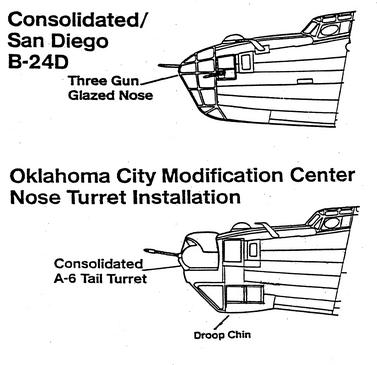
|
Source: B-24 Liberator in Action, Squadron/Signal Publications, Inc., Aircraft Number 80, 1987, pp. 16, 23 (modified). |
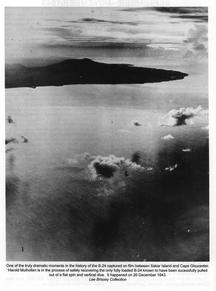
|
Source: Horton, Best in the Southwest, p. 124. |
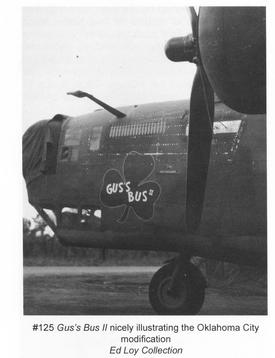
|
Source: Horton, Best in the Southwest, p. 467. |
Last updated:
07/07/2012 04:56 PM